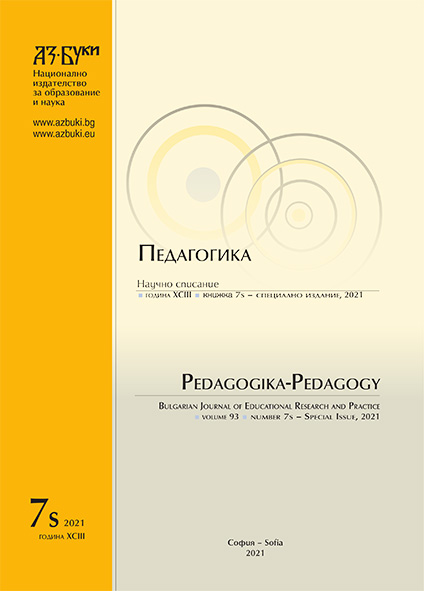Optimising The Reference Point Within A Journal Bearing Using Laser Alignment
Optimising The Reference Point Within A Journal Bearing Using Laser Alignment
Author(s): Guixin Fan, Natalia Nikolova, Kiril Tenekedjiev, Ty Aaron SmithSubject(s): Social Sciences, Education, Vocational Education, Adult Education, Higher Education , State/Government and Education, Inclusive Education / Inclusion, Distance learning / e-learning
Published by: Национално издателство за образование и наука „Аз-буки“
Keywords: Preventive maintenance; LabVIEW; MATLAB test rig; proximity probes; accelerometers; flowrate
Summary/Abstract: This paper observes different alignment conditions in a journal-bearing-supported machine (i.e. propeller bearings within the stern tube of a marine vessel). A test rig is built so that the driven machine has fixed supports, roller bearings in an electrical motor. An alignment tolerance is met at the coupling of the journal, which is positioned within three journal bearings. This research can be applied to any industry with machines of the same characteristic. The journal bearings are designed to simulate the large tolerance seen in a vessel’s stern tube only for lubrication control oil is used for the bush bearings. Various sensors are placed on the test rig to record data for later machine analysis. Using proximity probes and accelerometers the vibration of the journals and ball bearings can be visualised using orbital plotting and Fast Fourier Transform (FFT) through both LabVIEW and MATLAB respectively. Four alignment procedures are applied to the coupling using a laser unit. The first two will be so that the offset and angular misalignment is produced in the FFT spectrums as per ISO10816 Mechanical vibration so that a reference point is formed for the test rig. The other two alignment procedures represent current industry practice. These procedures are then compared to see which is the preferred reference point that will optimise the reliability value of a whole system. Finding the procedure with minimal vibration will increase the design life of housing structures for such machines, which will increase the overall profit of the shipping industry. Our developments and procedures will be further utilized in practical classes to improve maritime engineering education.
Journal: Педагогика
- Issue Year: 93/2021
- Issue No: 7s
- Page Range: 110-121
- Page Count: 11
- Language: English
- Content File-PDF

